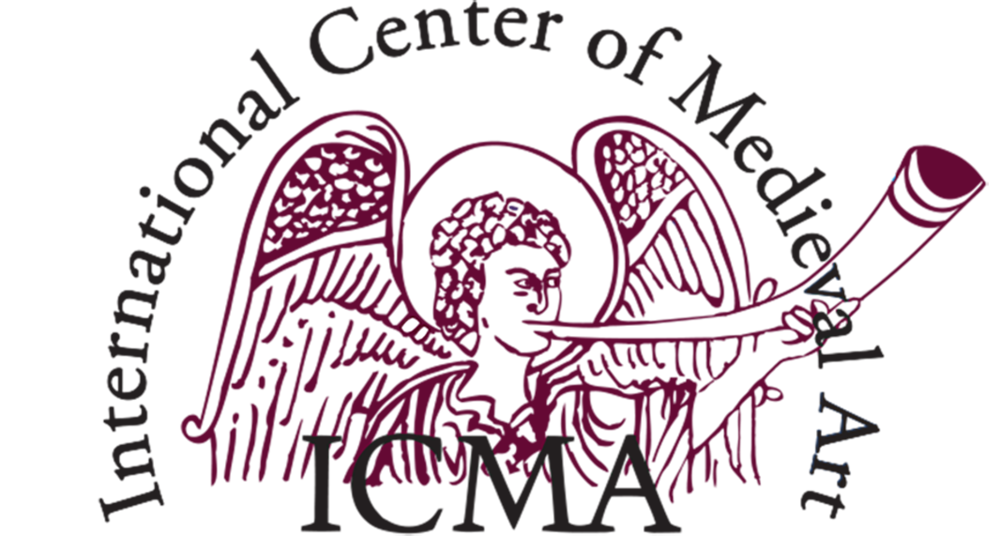Call for Papers
From prophet of Israel to miracle-working saint: the transformations of Elijah’s story in Jewish and Christian iconographic traditions
Session sponsored by ICMA, The 57th International Congress on Medieval Studies, Western Michigan University, 9–14 May 2022 (online), Deadline: 15 September 2021
Elijah, Cozia Monastery, late 14th century.
Organized by Barbara Crostini (Uppsala) – Andrei Dumitrescu (Bucharest)
The prophet Elijah is one of the most venerated figures in both Jewish and Christian traditions. Although the account of his deeds (1 and 2 Kings) offered ample material for exegesis, art historiography has paid little attention to the representation of Elijah’s story in late antique and medieval visual culture (ca. 3rd–15th centuries). This session aims to reassess the development of the prophet’s cult in different periods and religious contexts by gathering new evidence for the pictorial articulation of his narrative cycles.
Already in the 3rd-century CE, the mural decoration of the synagogue at Dura-Europos comprised a significant selection of episodes which affirmed the Tishbite’s capacity for performing miracles as a divine confirmation of his prophetic ministry. Later on, in medieval Byzantium, the supernatural powers of controlling the weather and raising the dead became a crucial element of Elijah’s profile as a thaumaturge saint. Moreover, his ascetical life was interpreted as a monastic archetype, usually regarded alongside the exemplum of John the Forerunner. In this new devotional context, the visual narrative of the prophet’s life was reshaped as a proper hagiographical cycle, a change simultaneously attested by 13th-century Balkan frescoes and Russian icons. Additionally, during the Middle Ages, certain scenes from Elijah’s story, such as the prophet being nourished by a raven or an angel, were equally used as autonomous elements of broader iconographic programs, acquiring multiple theological and liturgical meanings. A comparative analysis of these occurrences is still lacking.
Therefore, the main scope of this session is to stimulate research towards a more refined understanding of the circulation of biblical and hagiographical traditions correlated with the prophet Elijah. Bringing together a wide range of iconographic material and relating it to existing bibliography about homiletic texts and hymnography, this session will address a fundamental question about how images dynamically negotiated Jewish spiritual heritage in different areas of late antique and medieval Christendom. Proposed papers may include, but are not limited to:
• Local iconographic versions of Elijah’s narrative in East and West (3rd–15th centuries)
• The use of autonomous episodes from the prophet’s life in different iconographic contexts
• Jewish elaborations on Elijah’s legend
• Elijah as a model of monastic life in Christian texts and images
• The integration of Elijah’s image in the series of Old Testament figures (e. g. the selection of prophets in middle and late Byzantine domes)
• Elijah and the widow of Sarepta: a gender perspective
Please submit abstracts directly through the ICMS Confex site at https://icms.confex.com/icms/2022am/cfp.cgi. We will send out notifications of acceptance by the end of September. Please direct all questions or concerns to the panel organizers: Dr. Barbara Crostini (crostini.barbara@gmail.com) and Andrei Dumitrescu (andreidumitres@gmail.com).
Deadline: September 15, 2021

